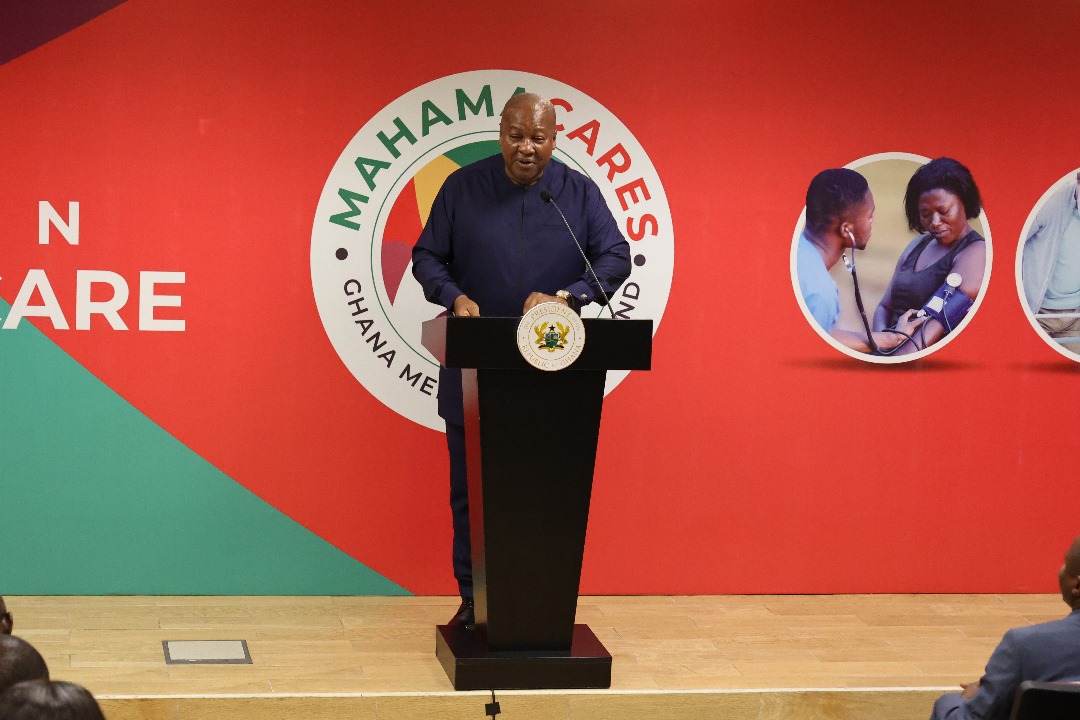By Francis Kobena Tandoh
Gas production in Ghana’s three oil-producing fields declined by 25.92 percent in the first half H1 of 2025; this is according to the latest report of the Public Interest and Accountability Committee (PIAC).
PIAC, in its 2025 Semi-annual Report, observed that Ghana’s three offshore producing fields produced 130,446.01 million standard cubic feet (MMSCF) of associated and non-associated gas as against 139,866.92 MMSCF in the same period last year.
“In the first half of 2025, Ghana’s three (3) producing fields—Jubilee, Tweneboa-Enyenra-Ntomme (TEN), and Sankofa Gye-Nyame (SGN)—delivered a combined 130,466.01 MMSCF of gas (associated and non-associated). This represented a 6.7 percent decline from the 139,866.92 MMSCF produced during the same period in 2024,” read the report.
According to PIAC, gas output from the Jubilee Field totaled 33,467.14 mmscf in H1 2025, compared to 42,581.32 mmscf in H1 2024, marking a 21.4 percent decline. The drop was most pronounced in March and April 2025, when production levels fell to 4,266.04 mmscf and 4,095.55 mmscf, respectively, compared to higher volumes in the same months of 2024.
The TEN Field produced 27,732.39 MMSCF in H1 2025, down from 28,701.05 MMSCF in H1 2024, representing a modest 3.4 percent decline. Production was relatively stable across the period, though slightly lower output was recorded in February and May compared to the previous year. The marginal dip was largely linked to temporary operational constraints, including the mini-shutdown for flare tip replacement.
The SGN Field, which is Ghana’s only source of significant non-associated gas, produced 69,266.48 mmscf in H1 2025 (made up of 24,878.04 mmscf of associated gas and 44,388.44 mmscf of non-associated gas) compared to 68,584.55 mmscf in H1 2024 (made up of 24,144.62 mmscf of associated gas and 44,439.93 mmscf of non-associated gas). This reflects a 1.0 percent increase, showing stability in output. Notably, the field recorded its highest monthly production in March 2025 (8,263.12 mmscf NAG), underscoring its role as the backbone of Ghana’s domestic gas supply.
The report noted that the comparative performance indicates that while Jubilee and TEN Fields experienced declines in gas production, the SGN Field provided stability and a slight uplift in total output. However, the overall decline of 6.7 percent highlights Ghana’s growing dependence on the SGN Field for meeting domestic gas needs, especially as associated gas from Jubilee continues to decline sharply.
Raw gas exported to the Ghana National Gas Limited Company (GNGLC) from the Jubilee Field declined from 18,043.31 mmscf in H1 2024 to 17,483.86 mmscf in H1 2025, representing a 3.1 percent decrease. In H1 2025, the exported volume accounted for 52.2 percent of Jubilee’s produced gas, while reinjected gas constituted 31.9 percent, flared gas 3.7 percent, and fuel gas 12.2 percent. The fall in exports reflects the impact of planned crude oil shutdowns during March and April 2025, which constrained associated gas availability.
For the TEN Field, raw gas exports remained negligible, with only 103.69 mmscf exported in H1 2025 compared to 104.43 mmscf in H1 2024. The exported gas represented less than 0.5 percent of TEN’s total output, as the bulk of gas was reinjected (over 80 percent) to maintain reservoir pressure. Flaring and fuel gas use accounted for the remainder, underscoring the limited contribution of TEN gas to domestic supply.
The SGN Field continued to dominate domestic gas supply. In H1 2025, a total of 42,902.68 mmscf of gas was exported to the Sanzule Onshore Receiving Facility, compared to 42,290.67 mmscf in H1 2024, representing a 1.5 percent increase. Exports accounted for 61.9 percent of SGN’s total production. Associated gas reinjection made up 7.3 percent, fuel gas accounted for 14.5 percent, and flaring was limited to 1.4 percent, highlighting the field’s efficiency in utilization.
The total volume of gas flared across Ghana’s three producing fields, Jubilee, TEN, and SGN, declined from 16,069.40 mmscf in H1 2024 to 13,843.55 MMSCF in H1 2025.
Of this, the Jubilee Field accounted for 6,155.77 mmscf, the TEN Field for 2,799.59 mmscf, and the SGN Field for 4,888.19 mmscf.
According to the Environmental Protection Agency (EPA), the flared volumes recorded in all three producing fields during the review period remained within permissible regulatory limits.
Following the discovery of oil in commercial quantities in Ghana in 2007 and subsequent production in 2010, the Public Interest and Accountability Committee was established in 2011 to ensure the effective, transparent, and efficient use, management, and investment of petroleum revenue from Ghana’s petroleum resources.
Enditem
Source: Ghana Eye Report
Share Us




